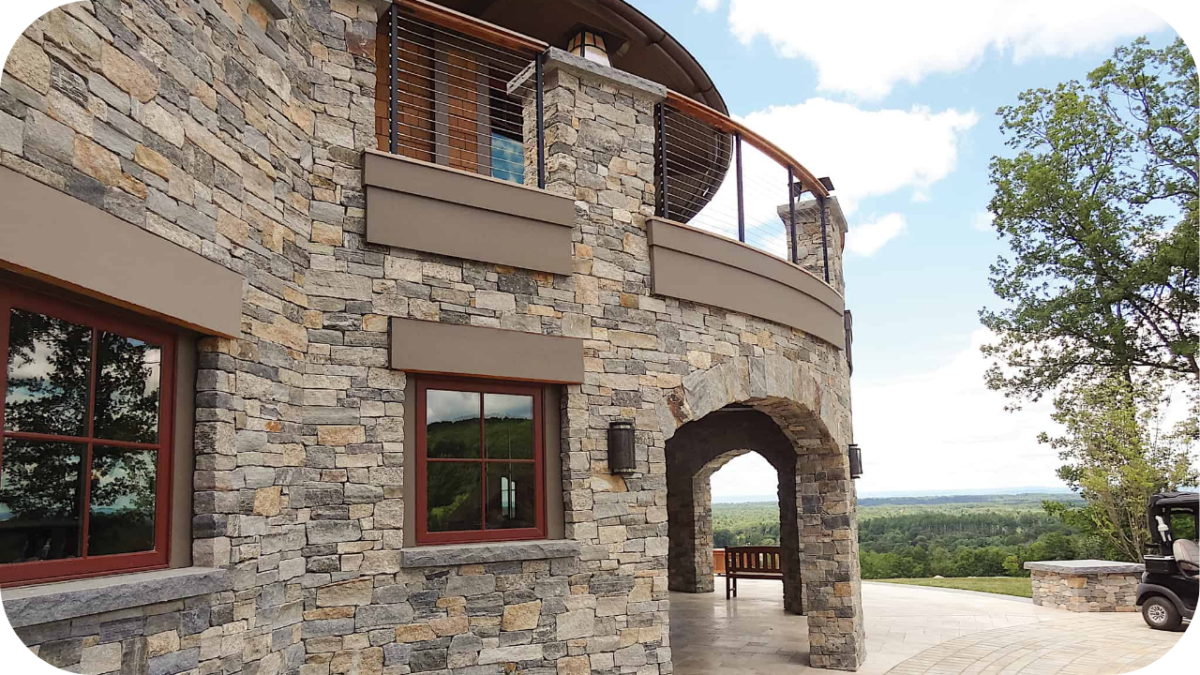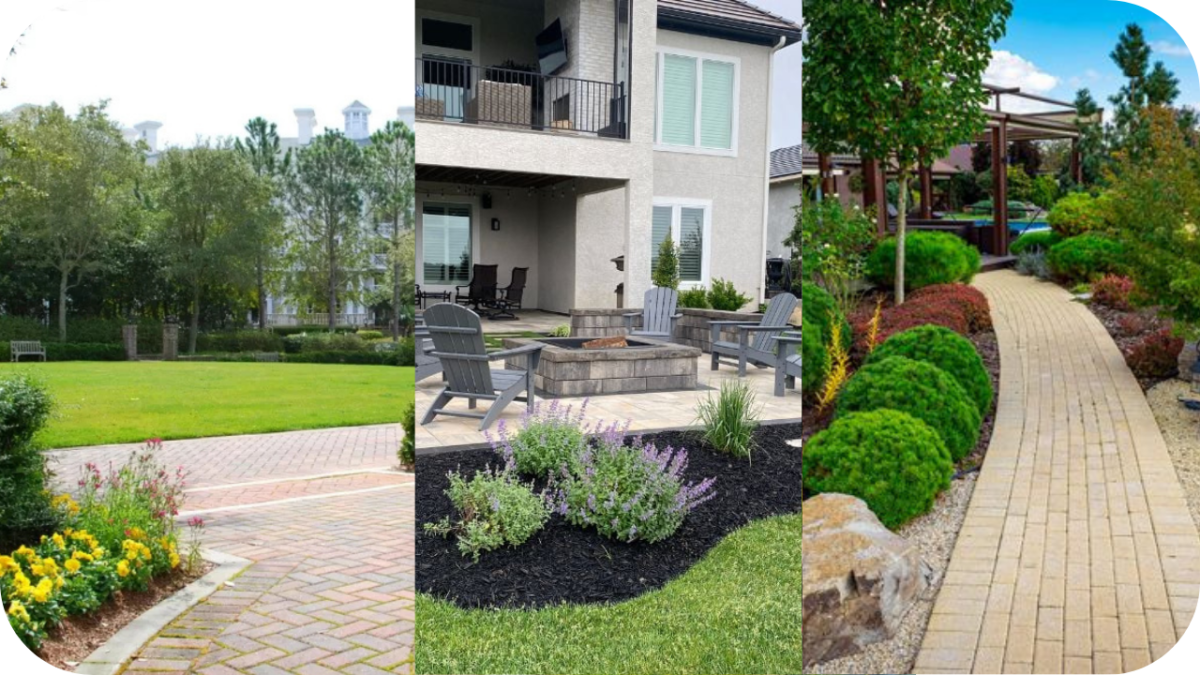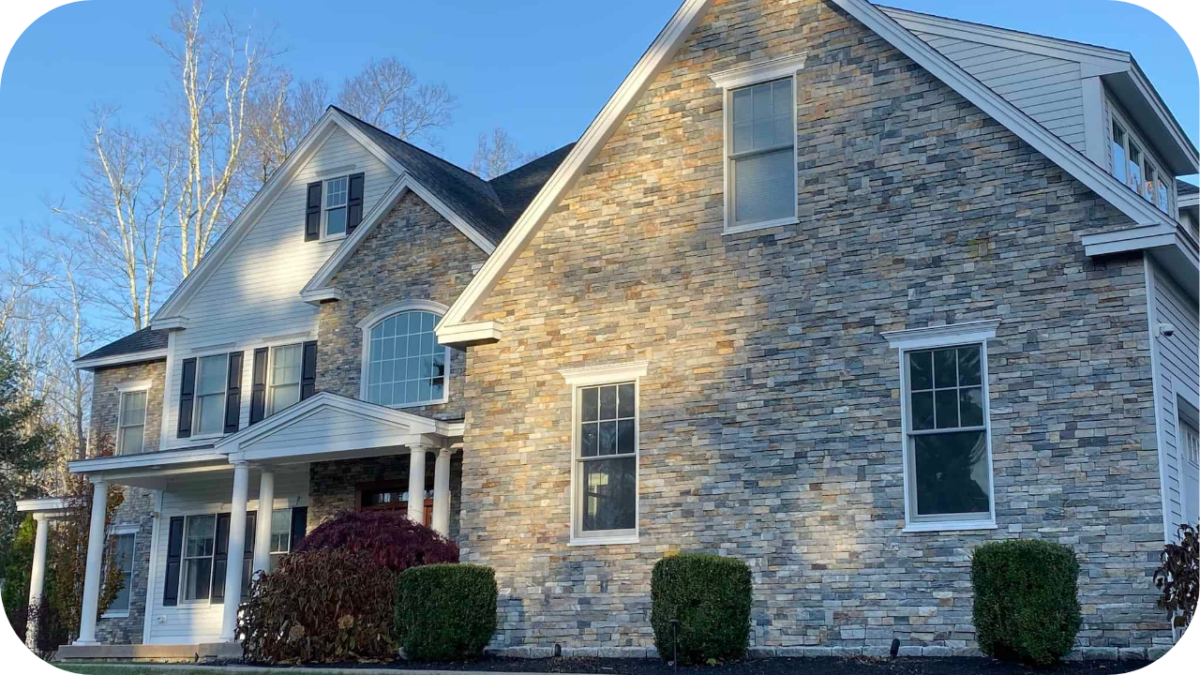High-Quality Natural Stone for Exterior Wall Applications
Natural stone has long been a favourite for enhancing a home’s exterior, offering beauty, strength, and versatility for walls that impress and endure.
Whether you’re after modern elegance or timeless charm, it provides styles to match any vision. With a wide range of colours, textures, and finishes, it’s easy to create a look that feels truly personal.
This guide looks at how choosing the right stone can elevate your exterior walls’ appearance and performance, giving you the knowledge to make confident, informed decisions for your next project.
Why Choose High-Quality Natural Stone for Exterior Walls?
Choosing high-quality natural stone for exterior walls is about more than just appearance. This material offers a rare combination of aesthetic versatility, allowing it to blend effortlessly with architectural styles from sleek contemporary builds to traditional homes.
Its long-term durability ensures resistance to weathering, UV exposure, and fluctuating temperatures, making it a dependable investment. Beyond performance, natural stone can boost your property’s value, creating an exterior that leaves a lasting impression.
For environmentally conscious homeowners, responsibly sourced stone provides a sustainable choice with a long life cycle and minimal need for replacement. Together, these qualities make natural stone a practical and visually striking option for elevating any home’s exterior.
Popular Types of Natural Stone for Exterior Walls

The right natural stone can completely transform your home’s exterior, offering unique textures, colours, and strengths. Here are some of the most popular choices for exterior wall applications in Melbourne.
1. Granite
Granite is one of the most durable natural stones available, valued for its exceptional strength, scratch resistance, and timeless elegance. Its varied patterns and rich colours suit both traditional and modern designs. Whether used for feature walls or entire façades, it delivers a refined yet enduring look.
Options like Buffalo granite, with golden-grey tones and tightly fitted shapes, add warmth and texture. Hotham granite offers a sleek dry-stone rectangular layout, ideal for contemporary projects. Both withstand Melbourne’s varied climate, ensuring beauty and function for decades.
2. Limestone
Limestone offers a soft, natural beauty with subtle tonal variations that complement diverse architectural styles. From warm creams to deep charcoals, it adapts well to façades, garden walls, and feature entrances. Its texture provides a refined elegance that works in both classic and modern settings.
Jamieson limestone features golden-brown ruggedness for a warm, inviting exterior, while Beloka limestone combines deep grey tones with golden highlights for bold contrast. Marrakesh limestone chiselled, linear finish offers a polished, tailored appearance for more structured designs.
3. Sandstone
Sandstone is known for its warm, earthy tones and naturally textured surface that blend beautifully with surrounding landscapes. Its durability and graceful ageing make it suitable for both heritage properties and contemporary homes seeking an inviting atmosphere.
Charlotte sandstone delivers soft beige tones with light texture, while Australiana sandstone brings creamy whites with subtle rust accents. Roman Ashlar sandstone offers neatly grouted, uniform rectangular blocks for a refined, formal finish.
4. Quartz
Quartz delivers stunning visual depth with its sparkling mineral inclusions, making it a striking choice for exterior feature walls. Its resilience to weathering and minimal upkeep ensures it remains vibrant over time.
Shoreham quartz offers soft white and peach tones for a light, airy look, while Beachport quartz adds creamy beige warmth. Blue Ridge quartz brings a cool grey base with golden tones for a modern, sophisticated palette.
5. Travertine
Travertine adds character and texture through distinctive veining and a palette of soft, neutral shades. It works well in timeless designs that prioritise elegance and subtle detail.
Sorrento travertine offers soft cream tones for a classic façade, while Silver travertine blends soft grey and beige for a contemporary touch. Classic travertine brings warm beige and honey tones for spaces with a welcoming, sunlit feel.
Key Factors to Consider When Selecting Natural Stone

Selecting the right natural stone goes beyond looks alone. These factors will help you choose a stone that meets your design goals and performs well over time.
1. Climate Suitability
Your local climate should guide your stone choice. Melbourne’s weather can bring both intense heat and heavy rain, so pick a stone that withstands thermal expansion, moisture, and frost. Durable varieties resist cracking and fading, ensuring long-lasting appeal.
2. Finish Options
The stone’s finish affects both its look and performance. Sandblasted, honed, tumbled, split-face, or polished finishes can change colour depth, traction, and texture. The right finish should balance aesthetic goals with practical, long-term functionality outdoors.
3. Colour and Pattern Consistency
Stone colour and patterning vary naturally. Consider whether you want uniformity for a sleek, modern look or variation for a more organic feel. Consistency in batches ensures the design remains cohesive once installed on your exterior walls.
4. Maintenance Requirements
Some stones need regular sealing or more frequent cleaning to maintain their look. Assess how much upkeep you’re willing to do. Choosing a stone with manageable maintenance helps preserve both its visual and structural quality.
5. Budget vs Quality
Initial cost should be weighed against durability and performance. A high-quality stone may cost more upfront but lasts significantly longer, offering better value. Avoid choosing purely on price if it compromises longevity and visual impact.
Design Applications for Exterior Stone Walls

Natural stone offers remarkable versatility for exterior walls, fitting seamlessly into a variety of applications. These ideas show how stone can enhance both the beauty and function of your home.
1. Feature Facades
A stone feature façade creates a bold first impression and sets the tone for your property. Whether framing the entrance or covering the entire front elevation, it adds visual depth and sophistication while increasing curb appeal and value.
2. Boundary & Garden Walls
Natural stone boundaries and garden walls provide privacy and security while enhancing the landscape. Their durability ensures they remain attractive over time, and their aesthetic appeal makes them a design element rather than just a functional structure.
3. Retaining Walls
Retaining walls built with natural stone blend structural necessity with elegance. They help manage soil and slopes while introducing colour and texture, turning functional areas into stylish outdoor features that complement the surrounding architecture and plantings.
4. Pillars & Entranceways
Stone pillars and entranceways create a welcoming, high-end feel from the moment guests arrive. They can frame driveways or pathways beautifully, offering both a sense of grandeur and long-lasting durability in all weather conditions.
5. Outdoor Living Spaces
Using natural stone in outdoor living areas, such as alfresco kitchens or fireplaces, creates a seamless flow between architecture and landscaping. It delivers resilience against the elements while adding warmth, texture, and timeless style to the space.
Maintenance and Care Tips for High-Quality Natural Stone Walls

Ongoing care helps natural stone maintain its beauty and strength for decades. These simple maintenance steps ensure your exterior walls remain in top condition year-round.
- Clean Regularly: Remove dirt, dust, and organic build-up using gentle brushes and mild cleaners. Consistent cleaning prevents staining, mould growth, and surface dullness, keeping the stone’s natural tones vibrant and fresh over time.
- Re-Seal Periodically: Apply a high-quality sealant at recommended intervals based on the stone type. This barrier helps prevent moisture penetration, surface erosion, and stains while extending the stone’s functional lifespan.
- Repair Chips or Cracks: Address minor damage promptly before it worsens. Early repairs protect the wall from structural deterioration, prevent water ingress, and maintain a flawless, well-kept exterior appearance for years.
- Implement Preventative Measures: Apply protective treatments, manage surrounding vegetation, and redirect water away from walls. These actions safeguard the stone from moisture damage and maintain structural integrity in all seasons.
- Monitor for Discolouration: Check for signs of fading or stains regularly. Early detection allows for timely cleaning or sealing, keeping the stone’s colour consistent and enhancing curb appeal.
- Adapt Seasonal Care: Adjust care routines for seasonal changes. Prepare stone surfaces for heavy rains or summer heat, ensuring they remain resilient, beautiful, and structurally sound year after year.
Final Thoughts
High-quality natural stone delivers unmatched durability, beauty, and prestige for exterior walls, making it a timeless investment in your home’s value and appeal. The right choice, paired with expert installation, ensures lasting performance and visual impact.
Consult Splendour in Stone for premium natural stones and professional installation services that guarantee exceptional results. Let us help you create an exterior that reflects your style and stands strong for years to come.





